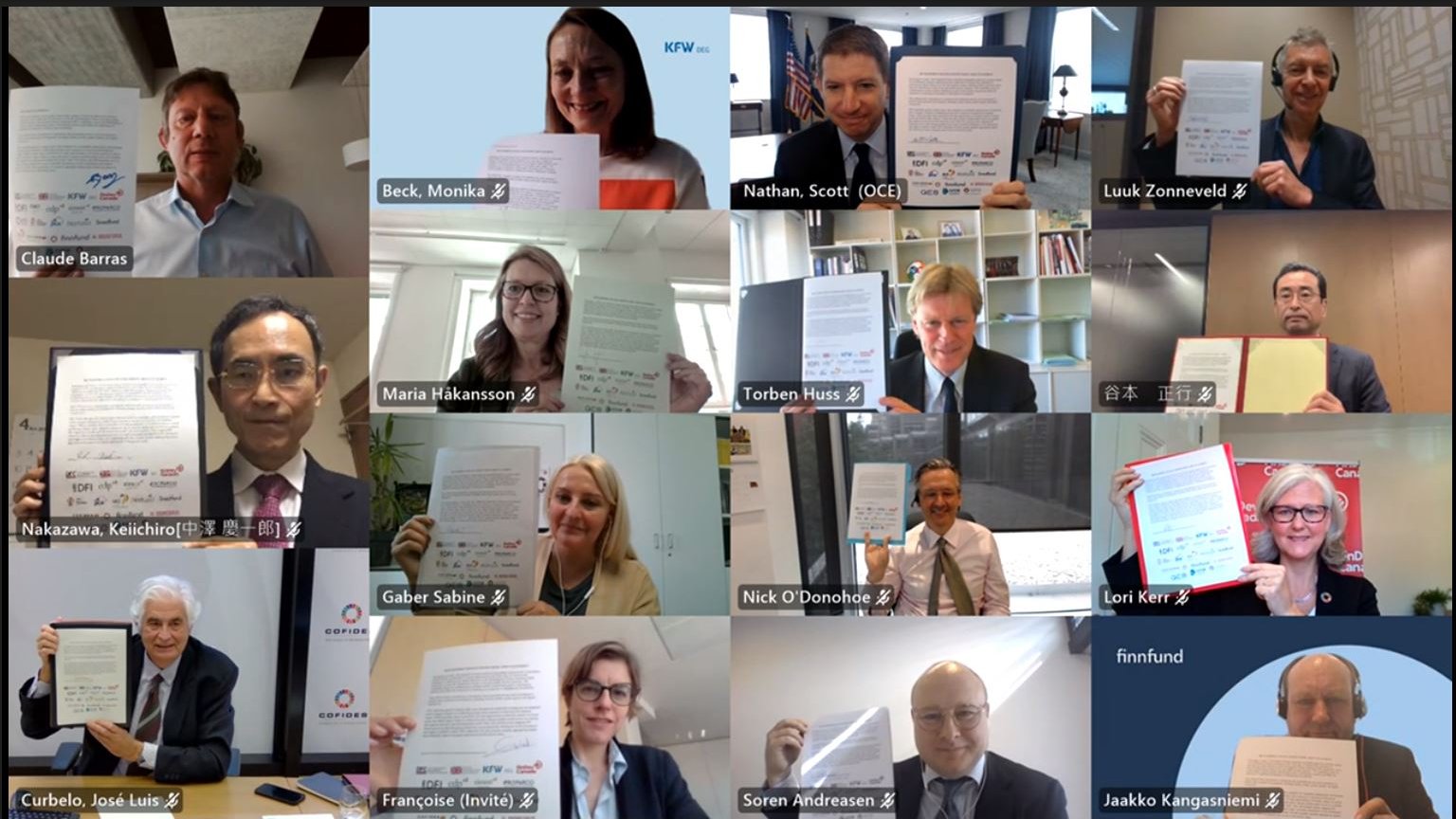Mobilising commercial capital into emerging markets is vital to help achieve the Sustainable Development Goals. Yet according to a recent OECD report, development finance institutions (DFIs) and multi-lateral development banks (MDBs) are currently mobilising only about $50 billion a year – a tiny fraction of annual “financing gap” for achieving the Sustainable Development Goals.
At British International Investment, we’re working to sharpen our approach to mobilisation. In Understanding Mobilisation, our first paper on the topic which was published earlier this year, we suggested a critical step towards more successful mobilisation by DFIs is to understand it better. In particular we argued there are many more capital events that can lead to mobilisation than those traditionally captured in the measurement of mobilisation.
In our new paper, Driving Mobilisation, we dive deeper into two practical strategies that DFIs might adopt in pursuit of higher quality and greater levels of mobilisation. Both draw from commercial banking practises.
The first strategy is to add a degree of leverage (debt) to the shareholder equity present on a DFI balance sheet. Many DFIs and all MDBs already do this. Leverage not only increases the funds available to invest in developing countries. It can also develop capital markets directly, for example by issuing the new debt as local currency bonds, and/or development themed bonds.
The second strategy is to shift part of the DFI’s portfolios from a ‘buy-to-hold’ model to an ‘originate-to-share’ model. This sees DFIs double-down on their ability to originate and manage impactful investments in emerging markets, and share some of the economic interest of these investments with other investors. DFIs can share exposure to single assets, a known pool of existing assets, or a future (blind) pool of assets against an agreed investment strategy.
Driving Mobilisation also considers the practical requirements if DFIs are to transition along either or both of these mobilisation strategies. We note that, internally, new risk management, portfolio management and financial structuring skills may be needed. Externally, DFI shareholders would need to accept some dilution of control as new creditor, client and/or regulatory obligations are balanced with shareholder rights. The daunting size of the change agenda may lead decision-makers to think the transition isn’t worth investigating. But this would be a mistake given the potential to increase the investments that DFIs can initiate for private sector development in emerging markets.










